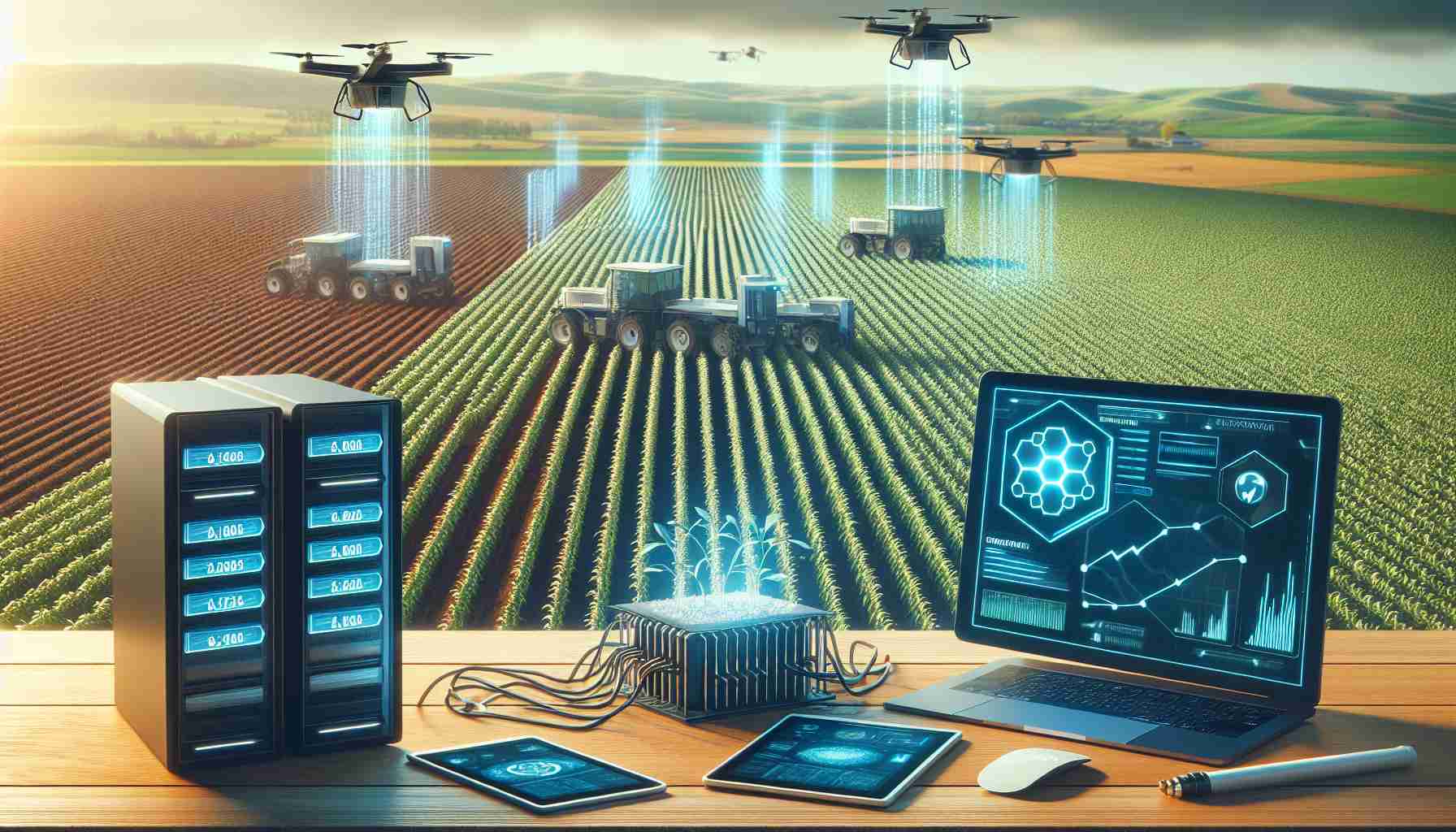Agriculture Meets Technology: The Blockchain in Agriculture Market has emerged as a transformative force in the global economy. Spanning across sectors including biotechnology and AI, this market is a fascinating convergence of diverse industries. A hefty market valuation and mounting demand highlight its significant economic impact.
Growth and Opportunities: According to recent industry analyses, the market size, which stood at USD 172.41 Million in 2022, is projected to soar to USD 241.46 Billion by 2030. A CAGR of 4.30% during the forecast period embodies the uptrend. This unprecedented growth is attributable to burgeoning technological innovations and strategic corporate partnerships.
Market Dynamics: The market’s progression is well-captured in thorough revenue analyses, providing a lens into its potent future. Players leading the charge are those adept at fusing proprietary tech with strategic collaborations. They are poised to tap into expansion opportunities, despite navigating through the complexities of regulation and competitive landscapes.
Leaders of Innovation: Anchored by organizations such, as Amazon Web Services, IBM, and Microsoft, the Blockchain in Agriculture Market boasts an array of applications. These range from enhancing traceability and governance to facilitating smart contracts and efficient payments.
Comprehensive Insights: The full report, available through the mentioned research firm, delves into market segmentation and notable players’ strategies. It reveals how market leaders are shaping strategy, reveals financial dynamics, and sheds light on emerging opportunities poised to redefine the industry.
Overall, this market segment presents an optimistic outlook, where technological advancements and strategic insights converge to craft a future ripe for agricultural innovation.
The Role of Blockchain in Modernization: Blockchain technology is best known for underpinning cryptocurrencies, but its applications extend far beyond finance. In agriculture, blockchain promises increased transparency and traceability in the food supply chain. This means that consumers can verify the origin of their food, which enhances safety and trustworthiness. Additionally, it can help in reduction of food fraud, which is a significant global concern.
Revolutionizing Supply Chain Logistics: Blockchain can streamline agricultural supply chain logistics by providing a secure and unalterable record of transactions. This can significantly reduce the time and cost involved in moving agricultural products from farm to table, resulting in increased efficiency and potentially leading to lower food prices for consumers.
IoT and Blockchain Synergy: When blockchain is integrated with the Internet of Things (IoT), it enables real-time data collection and analysis. This combination can lead to improved agricultural practices, better resource management, and ultimately, enhanced crop yields.
Traceability and Safety: One of the primary advantages of blockchain in agriculture is the ability to track the journey of a product from farm to fork. This plays a crucial role in improving food safety by enabling quick response to contamination incidents and other food-related hazards.
Smart Contracts: Blockchain facilitates smart contracts, which automatically execute transactions when certain conditions are met. For farmers, this means quicker payments and transparent dealings with buyers, which can be particularly beneficial in regions with less established financial services.
Key Challenges and Controversies: Implementing blockchain technology in agriculture does not come without its challenges. Here are some major concerns:
– High Initial Investment: The cost of implementing blockchain technology can be prohibitive for small-scale farmers and enterprises.
– Technical Complexity: There is a steep learning curve associated with blockchain, which can deter adoption among those who are not tech-savvy.
– Data Privacy: While blockchain can improve transparency, it also raises concerns about the privacy of sensitive business data.
– Regulatory Hurdles: Different countries have varying regulations regarding blockchain and digital transactions, complicating widespread adoption.
– Environmental Impact: Blockchain networks, depending on their design, can be energy-intensive, raising sustainability concerns.
Advantages:
– Enhanced traceability in supply chains.
– Increased efficiency and reduction of costs in logistics.
– Improved food safety.
– More secure and transparent payment methods.
Disadvantages:
– High initial setup and operating costs.
– Technical complexity and the need for skilled personnel.
– Data privacy issues.
– Varying and evolving regulatory environments.
– Potential environmental concerns, particularly with energy consumption.
For complimentary information, you may visit the following link:
– IBM Blockchain for Agriculture
Overall, the future of farming with blockchain technology holds significant promise but will require overcoming technical, financial, and regulatory challenges to fully realize its potential.



